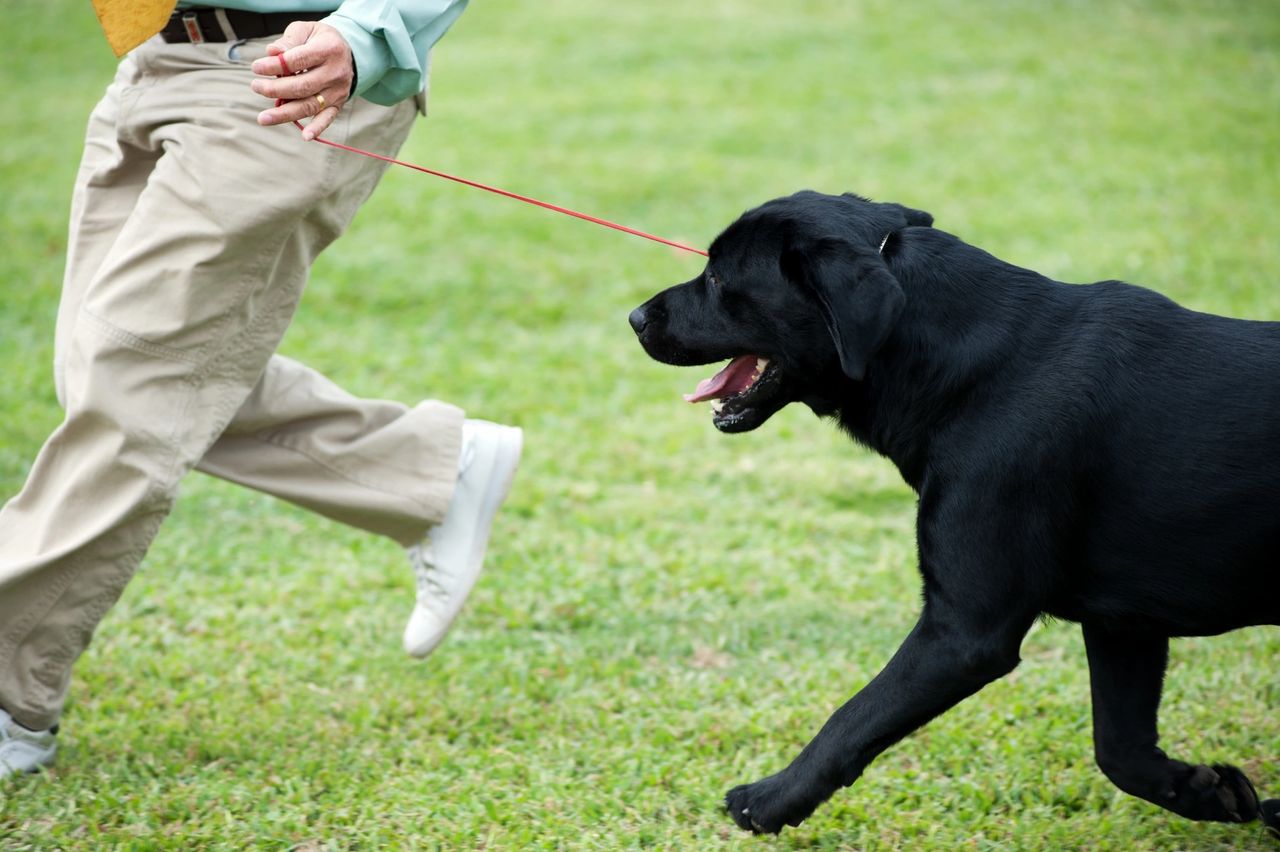Canine Bloat.
This is a condition that can be quite serious – especially in medium to large breeds. Take a look at our Holidays4Dogs article which will explain some of the risk factors involved, how these can be minimised and what treatments are available.
Bloat, or Gastric Dilation-Volvulus (GDV) can be a serious condition. It occurs when the stomach fills with gas, food or fluid and then subsequently twists. It is generally prevalent in large, deep-chested breeds such as German shepherds, Great Danes and Irish wolfhounds.
When the stomach becomes distended and twisted this traps air in the stomach, which then obstructs veins in the abdomen. Damage to internal organs, including the heart, can occur as a result of bloat. Unfortunately, this condition can rapidly lead to death if left untreated.
Risk factors and preventative measures.
Diet
One of the main factors associated with bloat is, eating and drinking immediately after exercise. Watch out if your dog tends to eat their food rapidly. Putting tennis balls in the dog food bowl, can help prevent the dog from gulping down big mouthfuls.
You can also buy slow-feeder dog bowls. Alternatively, feed your dog more frequently, by providing smaller meals over the course of the day.
Avoid raised food bowls, as this is thought to be a contributing factor to bloat. Dogs with untreated Exocrine Pancreatic Insufficiency are at much greater risk since this condition produces more gas. In turn, this can result in incomplete digestion.
Exercise.

Avoid exercising your dog immediately after a meal. Also, take care your dog does not overly exert themselves – especially in dogs out of condition.
Jumping, twisting, and racing with other dogs are all possible risk indicators.
Physical Characteristics.
Large, deep-chested breeds are more susceptible to bloat. Male dogs, underweight and older dogs, are also said to be at higher risk.
Stress.
Stress has been found to be associated with bloat in pet dogs. In addition, a connection between reactive/aggressive dogs and bloat has also been found.
Hereditary factors.
Dogs with a family history of bloat may naturally have a higher risk of developing the condition themselves. There are currently no health screening tests for bloat.
Symptoms of bloat in dogs.
- Continued attempts to vomit – often accompanied by the production of mucous.
- Drooling.
- Malaise or restlessness and agitation.
- Distended stomach – the stomach may feel hard like a drum.
- Roached or hunched up stance.
- Rapid breathing and increased heart rate.
- Pale mucous membranes.
If you suspect bloat, take your dog to the vet as a matter of urgency. The sooner the condition is diagnosed, the more chance the dog has of recovering.
Treatment.

As stomach gases build up, the vet may need to pass a tube into the dog’s stomach to release the excess. In the early stages of bloat, this is a relatively straightforward operation, under general anaesthetic.
In more advanced cases, where the stomach has already twisted, this may be more complicated. It may be necessary for a full operation to drain the contents of the stomach and rotate it back to its normal position. In addition, the veterinary surgeon may also need to carry out a gastropexy. This involves securing the stomach to the abdominal wall, which will prevent future occurrences of GDV.



